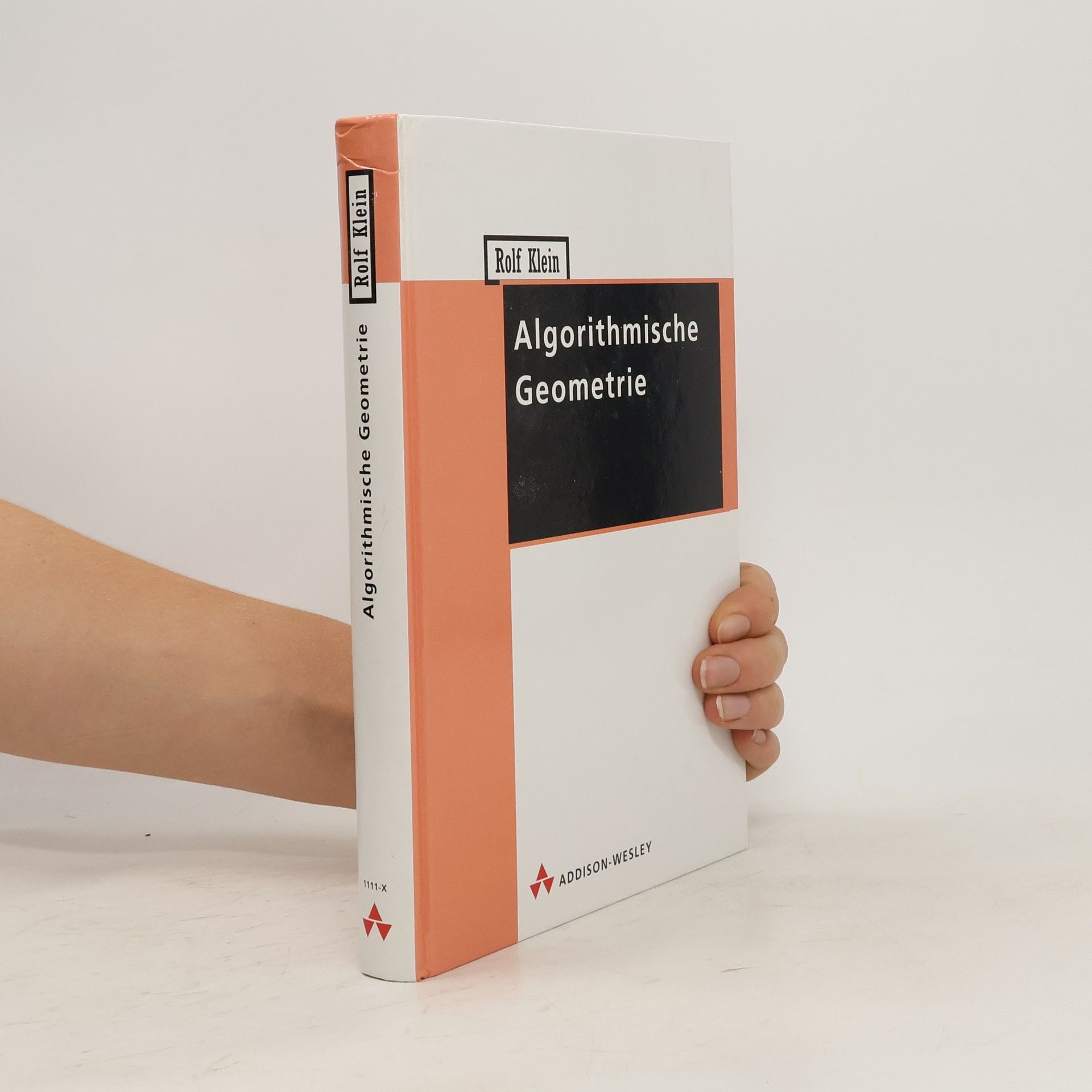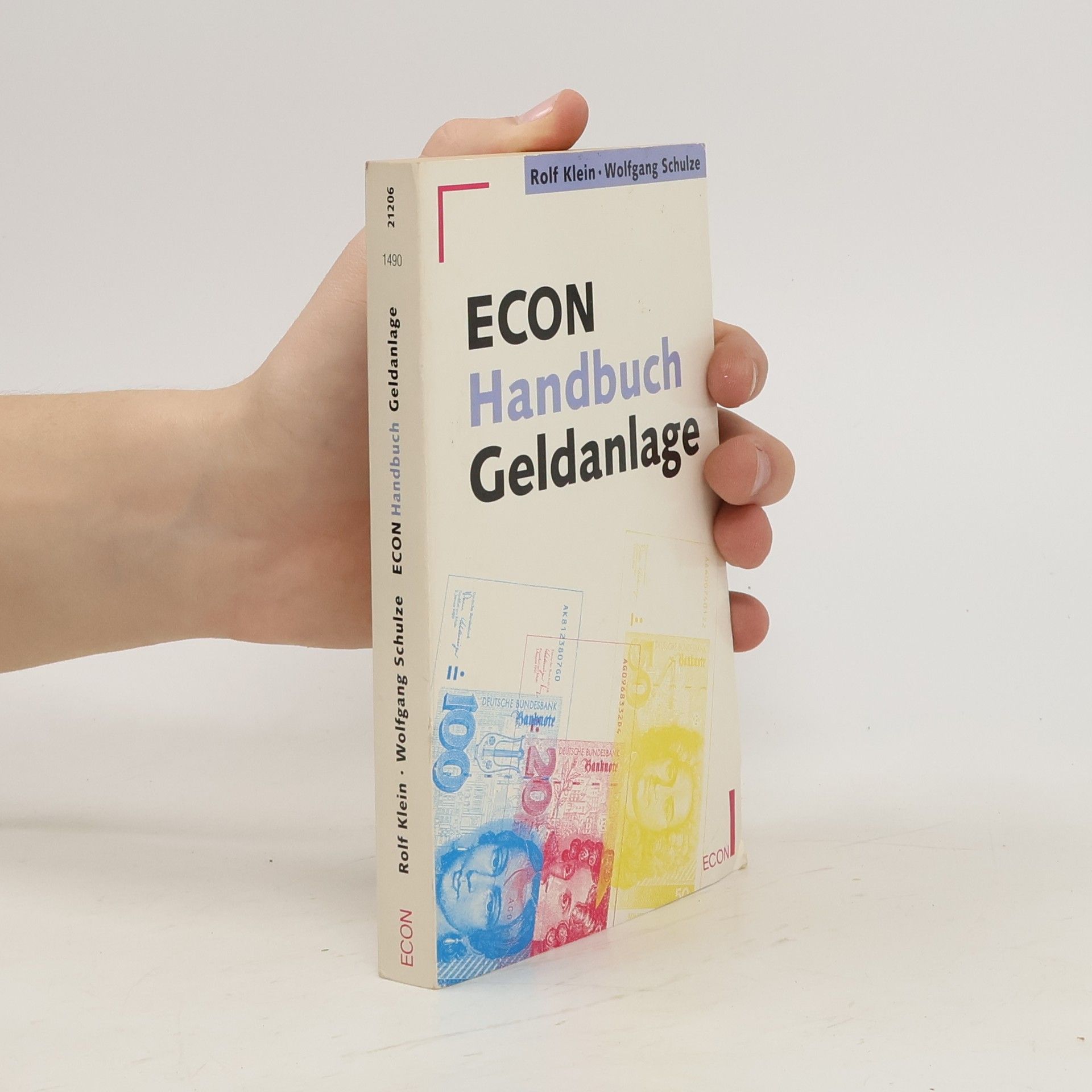Demokratien im inszenierten Standortwettbewerb
Politik für die unteren 90 Prozent
Was passiert in entwickelten Industrieländern mit breiten Schichten der Bevölkerung - den unteren 90 Prozent - wenn sich die Staaten als Teilnehmer eines globalen Wettbewerbs verstehen? Was bedeutet das für den politischen Einfluss der Bürger? Sind Antworten auf den Klimawandel, die Digitalisierung, das Auseinanderdriften der Gesellschaft möglich, ohne unsere Position im Wettbewerb zu schwächen? Was ist dran am Bild vom "Standortwettbewerb"? Auf der Basis ökonomischer Einsichten wird ein politischer Kampfbegriff entzaubert. Am Ende der Analyse steht die Erkenntnis: Leistungsfähige Staaten haben mehr Gestaltungsfreiheit, als gemeinhin angenommen wird. Deutschland und die Europäische Union handeln aber deutlich unter ihren Möglichkeiten.







